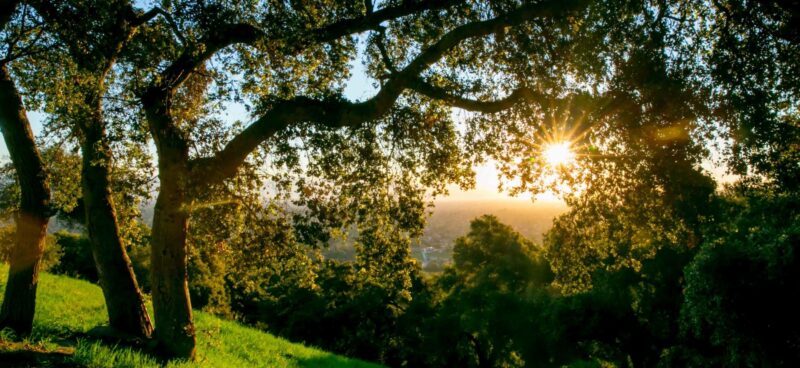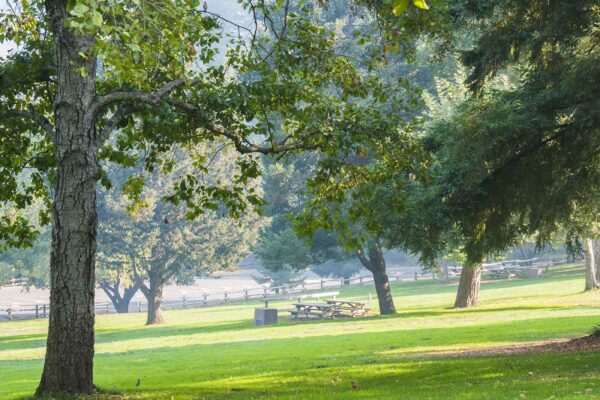
Saratoga is a picturesque tiny town located in the San Francisco Bay Area in the foothills of the Santa Cruz Mountains on the west side of the Santa Clara Valley, just a short drive from Silicon Valley and San Jose. The city is known for its excellent restaurants and wine tasting shops, which serve world-class wines from world-class vineyards and wineries on the Santa Cruz Mountains’ slopes.
Saratoga, a 30,000-person small-town residential neighborhood, has a colorful background. It has developed from a frontier hamlet to an industrial colony, from a fruit orchard village to a residential metropolis, over its colorful 160-year history.
This town is just a few miles away from other cities in California like Sunnyvale. If you are driving from Sunnyvale to this city it would only take a minute. Just make sure your car is in good running condition. If you’re having trouble with your car, you might want to visit an auto body shop in Sunnyvale. A quick visit to a Sunnyvale auto body repair shop could help you out with your problem. Click here to know more.
It began with a sawmill
William Campbell established his business on the banks of what is now Saratoga Creek in 1848. Campbell’s sawmill was supposed to be the start of a new community, but gold was struck near the western foot of the Sierras before he could finish it, igniting the California Gold Rush and postponing Campbell’s ambitions.
After inhabitants discovered a mineral spring in the early 1860s, the hamlet was given a permanent name. The chemical composition of the spring was very similar to that of Congress Spring in Saratoga Springs, New York, and the town was named in 1865. The Pacific Congress Springs resort hotel opened soon after, catering to visitors and the valley’s affluent. The border village had transformed into a vacation hotspot.
Throughout the 1900s, the town’s identity changed as orchards were replaced with mansions and the opulent estates of the valley’s affluent businessmen and politicians. Villa Montalvo, founded in 1912 by United States Senator James Phelan and today a center for the city’s art and music culture, is one of the most impressive of these.
Things to do
The small town has changed dramatically since Campbell and McCarty founded it over 150 years ago, yet it is still a flourishing community. Although the industry and most of the orchards have vanished, the city retains the charm of a tiny hamlet nestled among the Santa Cruz Mountains’ trees.
Here are 3 destinations that you might want to visit in this small charming town.
Montalvo Arts Center

The Montalvo Arts Center is a cultural center in. An art and cultural center, a park with hiking paths, and the ancient Villa Montalvo are all part of the complex. The villa was built in 1914 for California industrialist James Duval Phelan as a Mediterranean revival mansion. Phelan’s estate was given to the state of California after his death, to be utilized as a park and eventually as a culture and arts center. The arts center and villa are situated on 175 acres, with various major buildings surrounded by gardens and natural spaces.
Two theaters, an art gallery, and an artist residency complex are all part of the center. The mansion accommodates many weddings and other parties in addition to art exhibitions.
Sanborn Park

Sanborn County Park, located near to Castle Rock State Park, is a 3,453-acre park hugging the steep cliffs of a canyon on the Santa Cruz Mountains’ slopes. With towering redwoods, coast live oak, big leaf maple, Pacific madrone, and tanbark oak, the park is densely forested. The park is highly popular with hikers from nearby cities since the trees give lovely shade all year. The park is home to the first section of the Bay Area Ridge Trail. The trail follows the Santa Cruz Mountains’ high crest and eventually merges with the Skyline-to-the-Sea Trail, which leads to the Pacific Ocean.
Hakone Gardens

Hakone Gardens, a tranquil sanctuary in the midst of the city, is one of the West’s oldest Japanese gardens. A koi pond, moon bridge, dry landscape, lush bamboo grove, and more can be found on a traditional Japanese-style estate with its own distinct ambiance. A grassy slope and a pond make up a strolling garden, and a traditional tea shop serves steaming cups of green tea. The Cultural Exchange Center is housed in an accurate replica of a Kyoto tea merchant’s home and shop from the nineteenth century. The home is spread out over 18 acres in the city’s hills, with a view of Silicon Valley.

